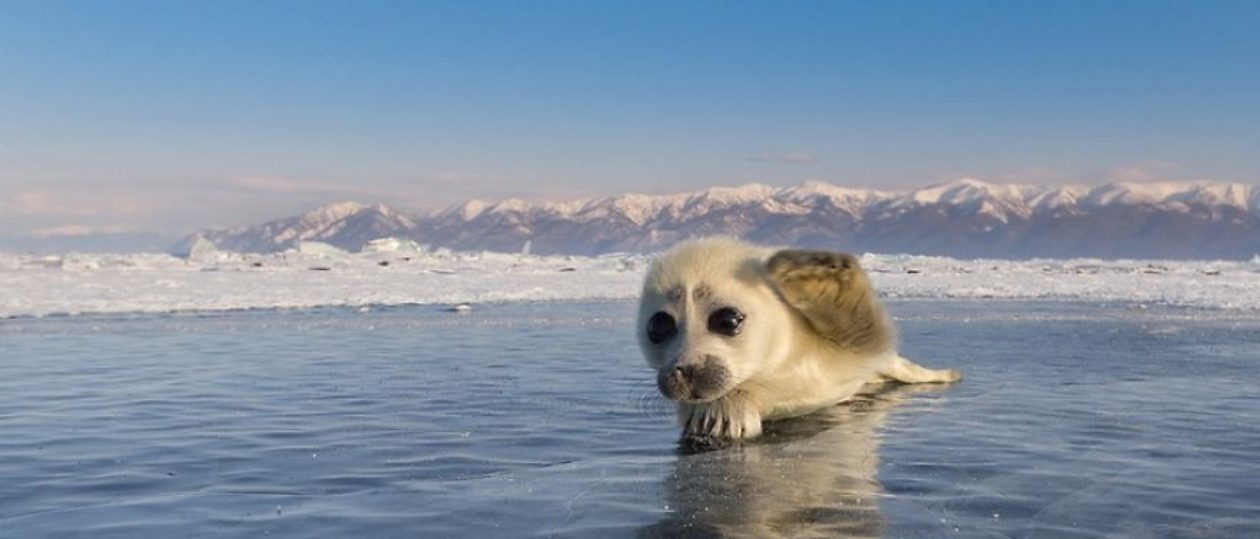
The World Wildlife Fund recently released its “Living Planet” report. Sadly, there has been a 69% drop in the numbers of mammals, birds, amphibians, reptiles and fish since 1970. Populations in the Caribbean and Latin America did the worst, with an average decline of 94%. Global freshwater species also declined by 83% on average. The report said the key drivers of biodiversity decline include habitat loss, species overexploitation, invasive species, pollution, climate change and disease.
Anyone who cares about animals and wildlife must urge policymakers to transform economies so that natural resources are properly valued. Since biodiversity loss and climate change share many of the same underlying causes actions which transform food production and consumption, cut emissions, and increase investment in conservation can mitigate both.
“The world is waking up to the fact that our future depends on reversing the loss of nature just as much as it depends on addressing climate change. And you can’t solve one without solving the other,” says Carter Roberts, president and CEO of WWF-US. “Everyone has a role to play in reversing these trends, from individuals to companies to governments.”









